dan pearlman, a leading brand and experience architecture group,is celebrating the opening of a new seal, sea lion, pink pelican and Humboldt penguin habitat at Osnabrück Zoo in Germany, called Wasserwelten, or Water Worlds. The new area, which opened to the public in July 2022, has modernised the existing facilities for these species, who have been inhabitants at the zoo since 1984.
The concept for the new habitat was developed by dan pearlman Group and Kieran Stanley 's team, together with the zoo. At 5,000 square metres, it brings three to five times more space for the animals, exceeding the recommended minimum amount of space for these species. As well as the amount of space, the quality of the space has also been improved by this project.
The zoo designers at dan pearlman Group took into account the natural habits of the animals, creating a more complex and enriching environment that meets the behavioural needs of these species. Therefore, the new habitat provides the necessary dynamic environments, cognitive challenges and social interaction opportunities for the animals that call it home.
For example, when developing the rock landscape for area, the team made sure that it considered the movement patterns and needs of the aquatic animals. The facility's rock caves and holes invite the inhabitants to hide and slip through, and there are also ergonomically-shaped resting and lying areas.
Designing for animals & zoo visitors
In addition to creating a design that ensures the welfare of the animals, Stanley also works to create the best management conditions for the zoo and the best experience conditions for the visitors. For this project, this goal has translated into colourful fishermen's houses, a pier and a lighthouse, a dune landscape and colourful buoys - making visitors feel like they are really taking a trip to the animals' coastal habitat.
For Stanley and his team, the idea is to create a place where the guest can "become one" with the environment, through the careful design of the facility and through the introduction of storytelling techniques. As a result, visitors are emotionally ready to engage in the new experiences and to be touched by the beauty and uniqueness of the flora and fauna. For the zoo, this helps to better connect visitors with important educational topics about species conservation.
Talking about the new Water Worlds habitat and the visitor experience within, Stanley says:
"The basic idea is, of course, to build a species-appropriate home for the animals with large enclosures. In addition, we are creating a Nordic experience landscape with dunes, artificial beaches, and rocks, as well as architecture and planting derived from northern coasts, so that visitors can immerse themselves in this world and become a part of it.
"For the younger guests, there is a play area with a maritime look to let off steam. The animals' technology and stables are also embedded in the landscape as Nordic fishermen's huts.
"Another highlight is the underwater views. Below a pier with a beacon, visitors can "dive down" between sea lions and seals and become a part of the underwater world. Even families with prams and anyone with disabilities can enjoy themselves, as all paths are of course planned to be barrier-free."
The team also needed to ensure that Water Worlds was integrated into the zoo's existing environment. Now, from the terrace of the zoo's restaurant, guests can look directly at the new habitat, providing a moment of relaxation as they watch the animals while taking a break in the restaurant. For this zoo, this also leads to extended visits.
Rising to the challenge
Prior to the construction of the new habitat, however, the existing Humboldt penguins and pink pelicans area, as well as the Children's Land, needed to be demolished. Over 4,500 cubic meters of earth were removed in order to create space for the six sea lion and seal pools, excavating to a depth of four meters.
Then around 750 meters of raw and clean water pipes and 15 operating pumps were installed, before the pools were poured with concrete. This was followed by the finishing work, such as cladding and timber construction, and then the landscaping.
Sustainability was also a key consideration. The habitat uses innovative filter technology for the huge water basins, with fiber balls that mean the water only needs to be changed every one to two years. This will save about 10 million litres annually. Plus, the project has been able to preserve the old trees nearby, as well as successfully exploiting all possible synergies with existing buildings.
The project took just over one year to complete, despite some challenges as Stanley explains:
"The challenge was the tight schedule due to funding and also the limited space on the site. However, we managed to both use the space efficiently and create a special setting with a lot of flair that takes visitors away from their everyday lives into a holiday atmosphere,"
The tendering and project management was carried out by the architecture and engineering office pbr Planungsbüro Rohling AG on behalf of dan pearlman.
Water Worlds is the zoo's largest project to date. Lower Saxony's Minister of Economic Affairs, Dr Bernd Althusmann, said at the opening of the habitat, which was financed with the support of funds from the European Regional Development Fund (ERDF) via Lower Saxony's N-Bank:
"The new facilities at Osnabrück Zoo promise to be even more attractive for visitors, but also more animal welfare and environmental protection. They are creative, innovative, sustainable, and thus service oriented. I am very pleased that the state of Lower Saxony has helped to continue the success story of Osnabrück Zoo."
The company is also working on the new Rhino Pagoda at Berlin Zoo, which features environmentally enriching activities for both animals and visitors, using creative and immersive design.
Charlotte Coates is blooloop's editor. She is from Brighton, UK and previously worked as a librarian. She has a strong interest in arts, culture and information and graduated from the University of Sussex with a degree in English Literature. Charlotte can usually be found either with her head in a book or planning her next travel adventure.
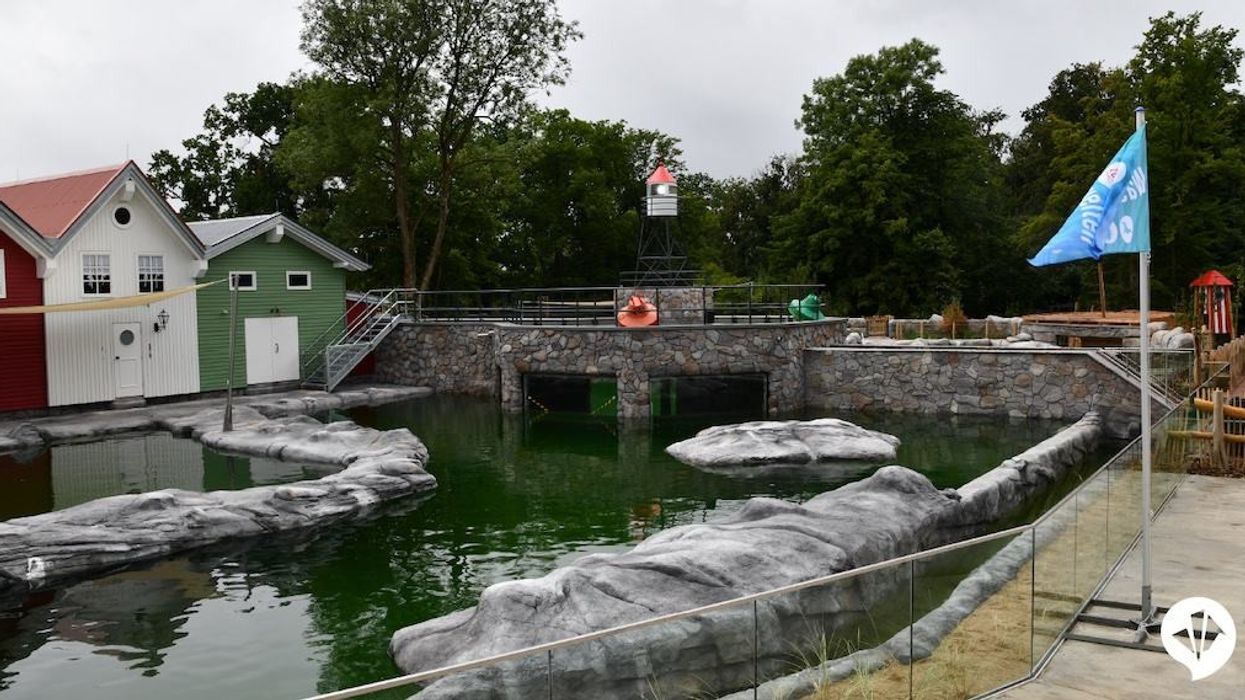

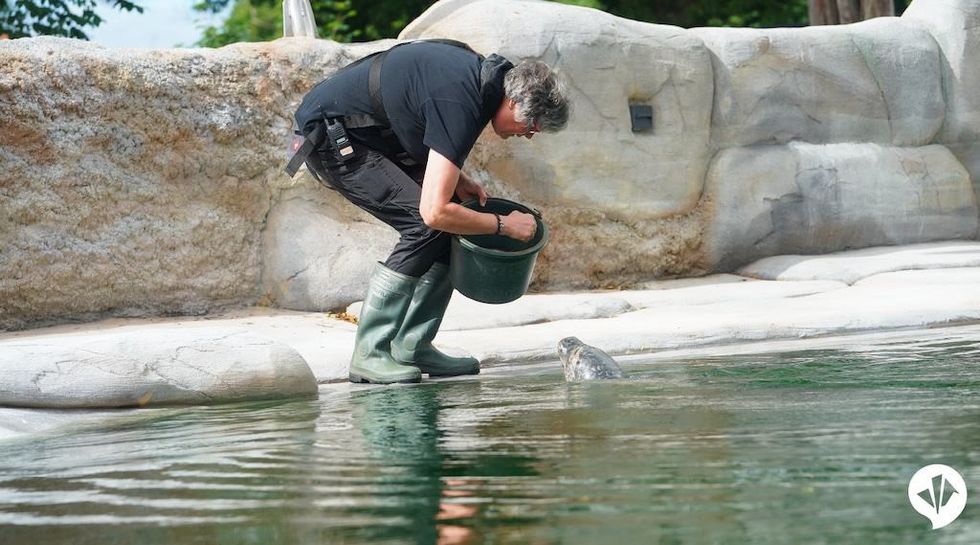
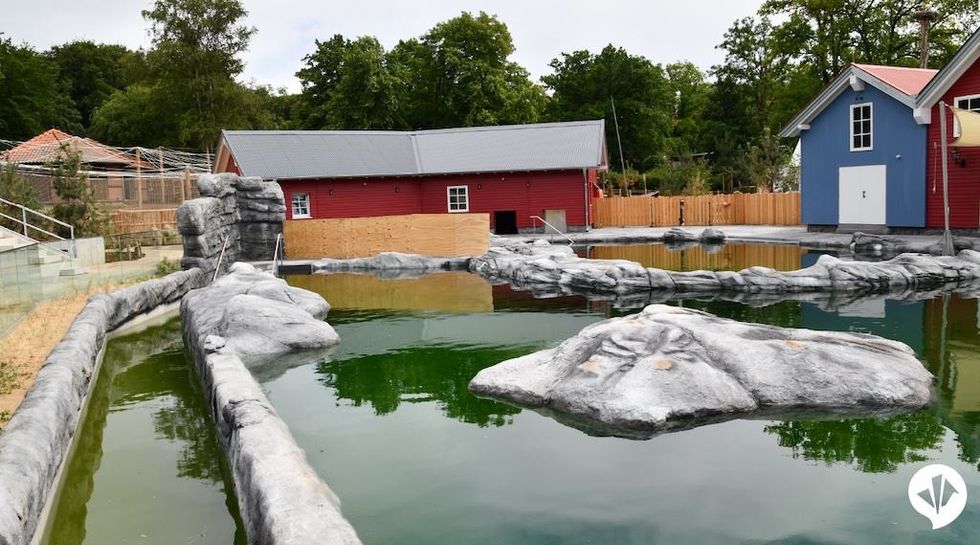
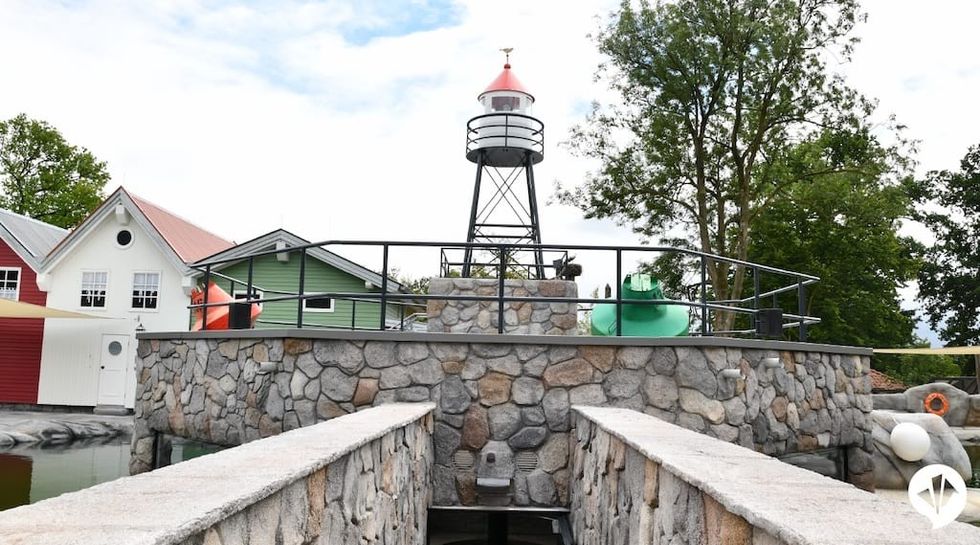
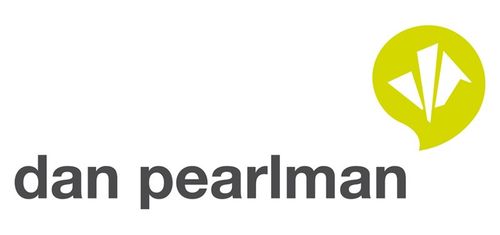
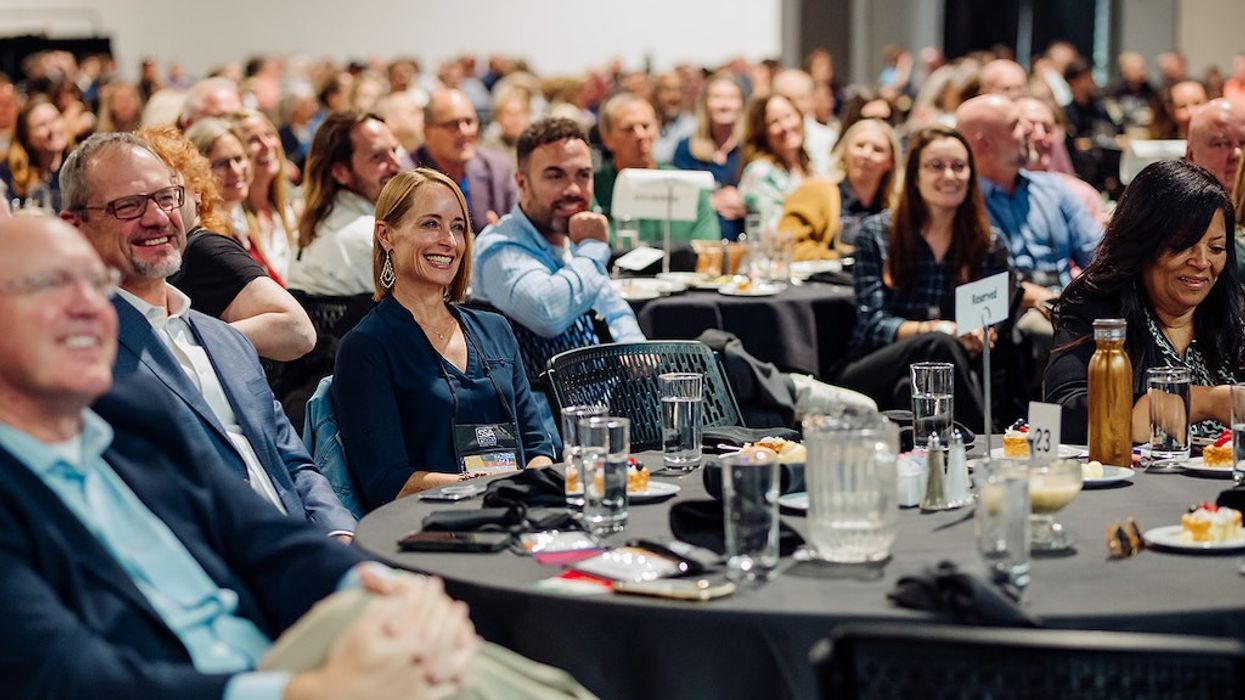
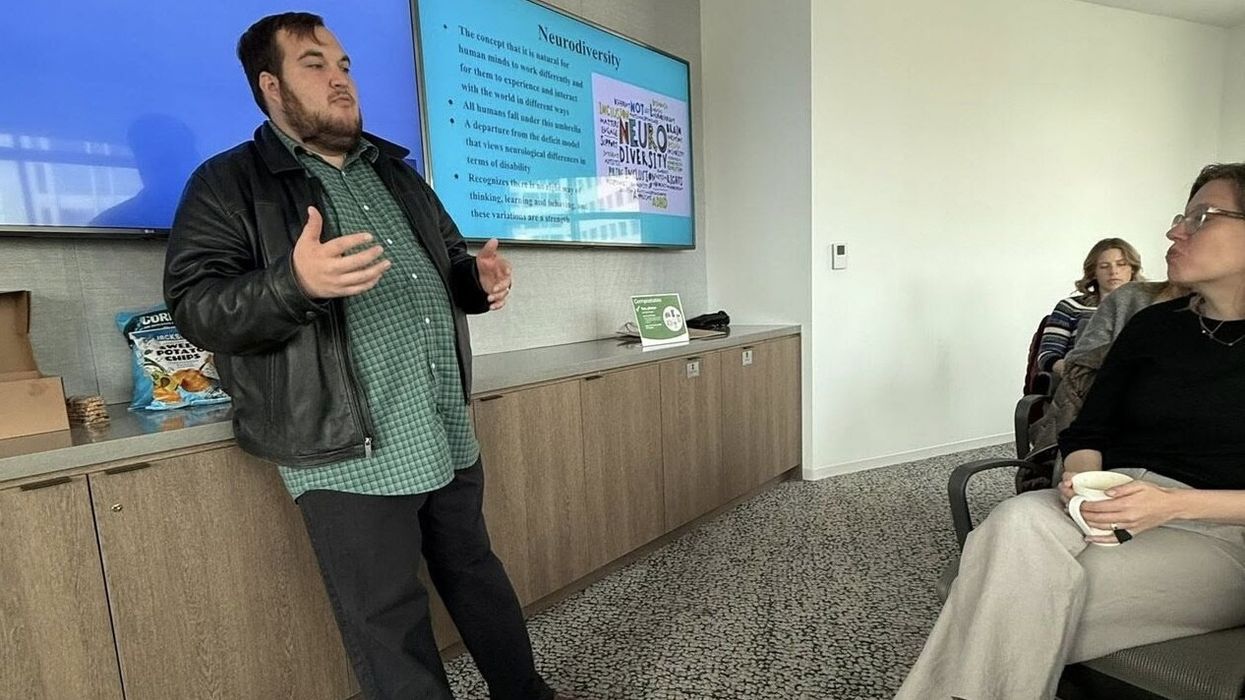

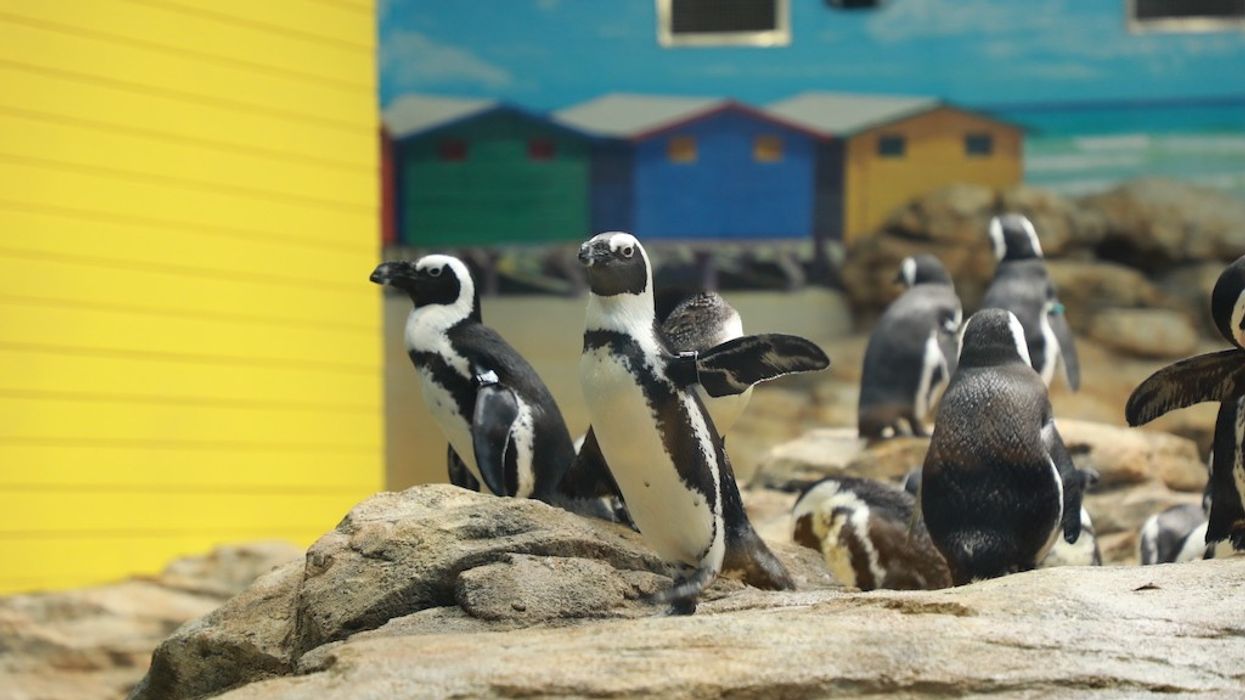
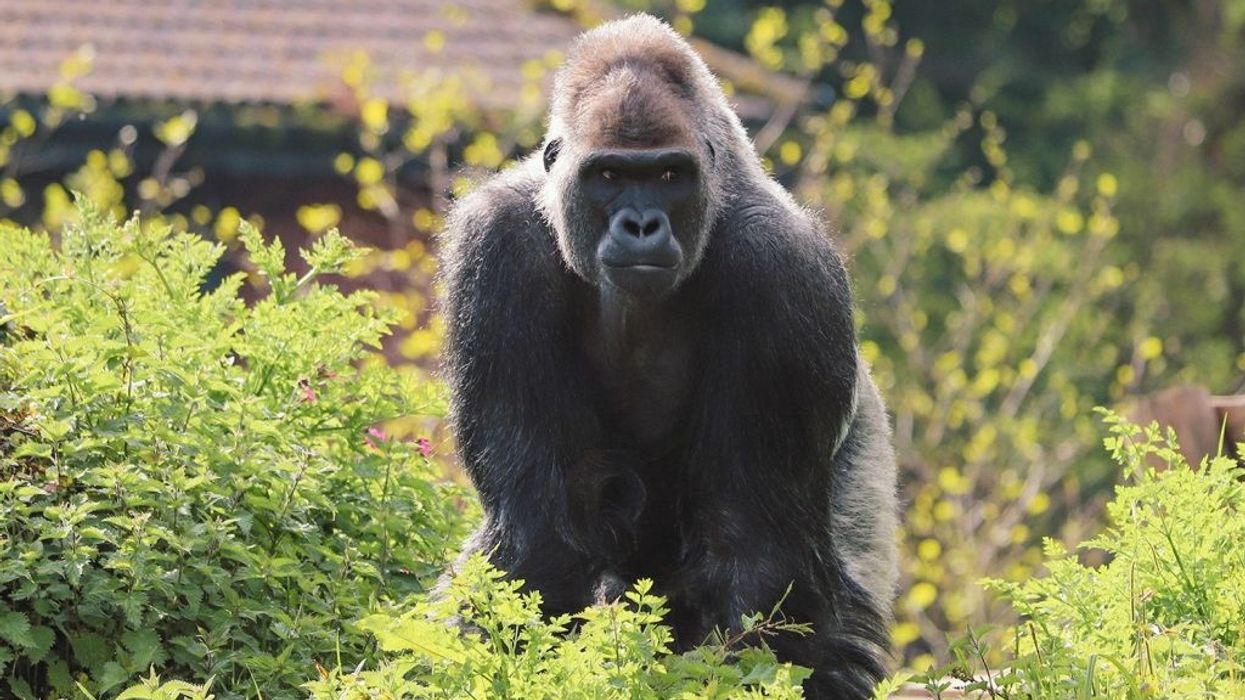
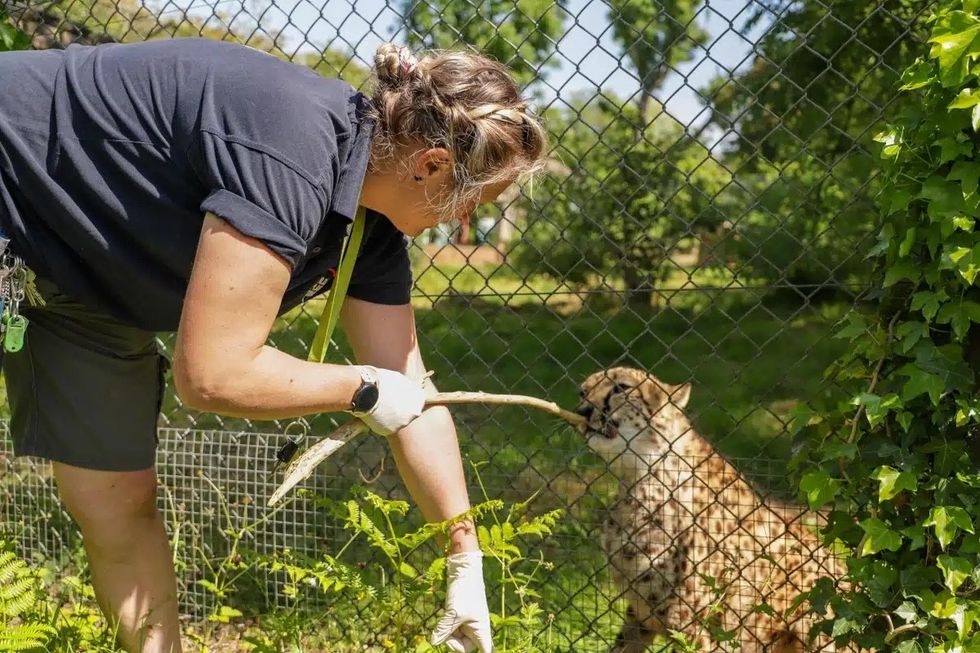






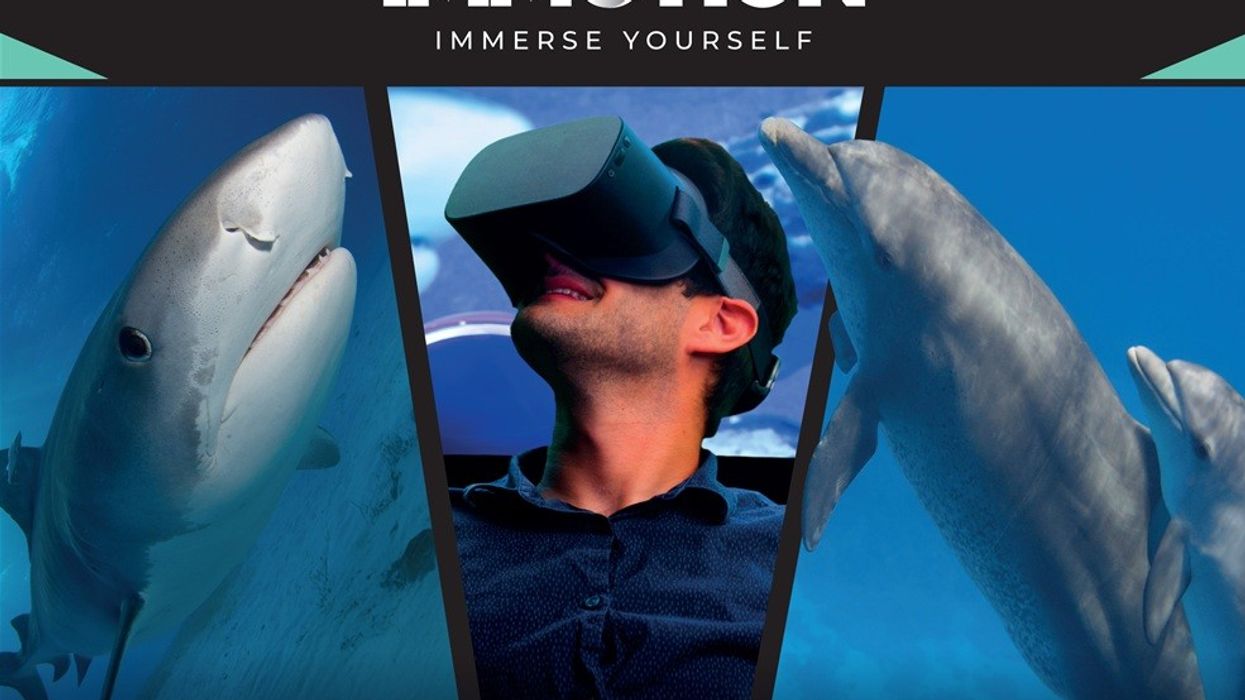
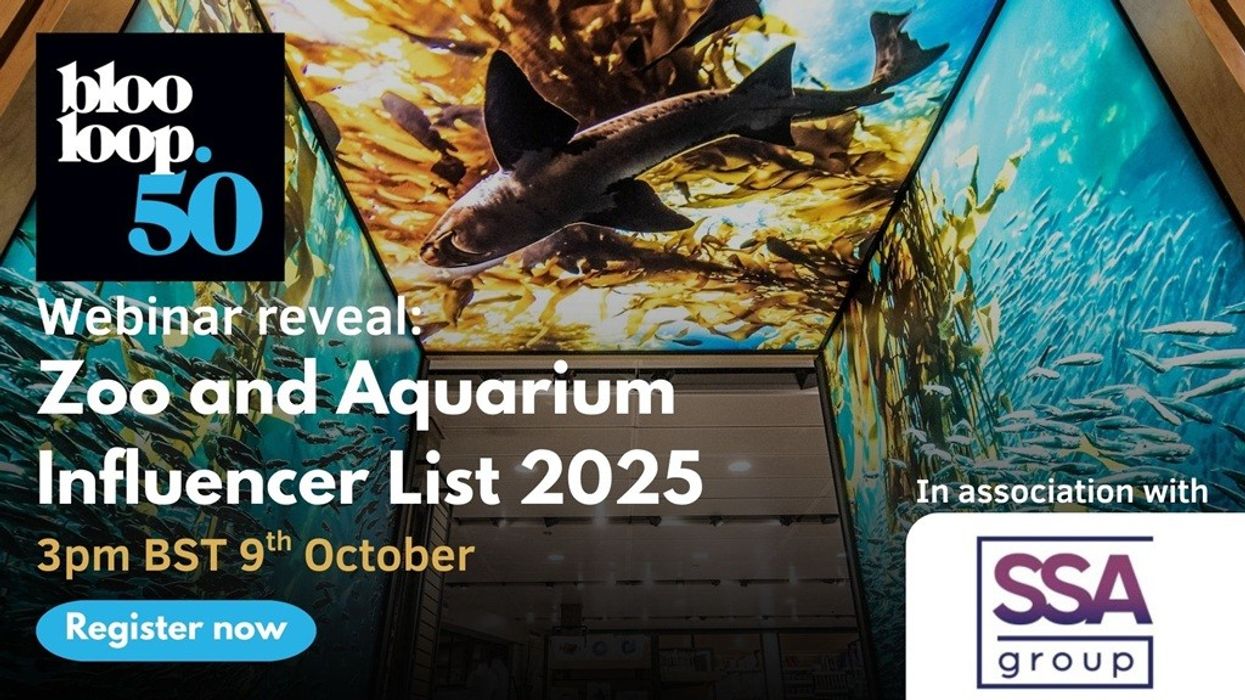

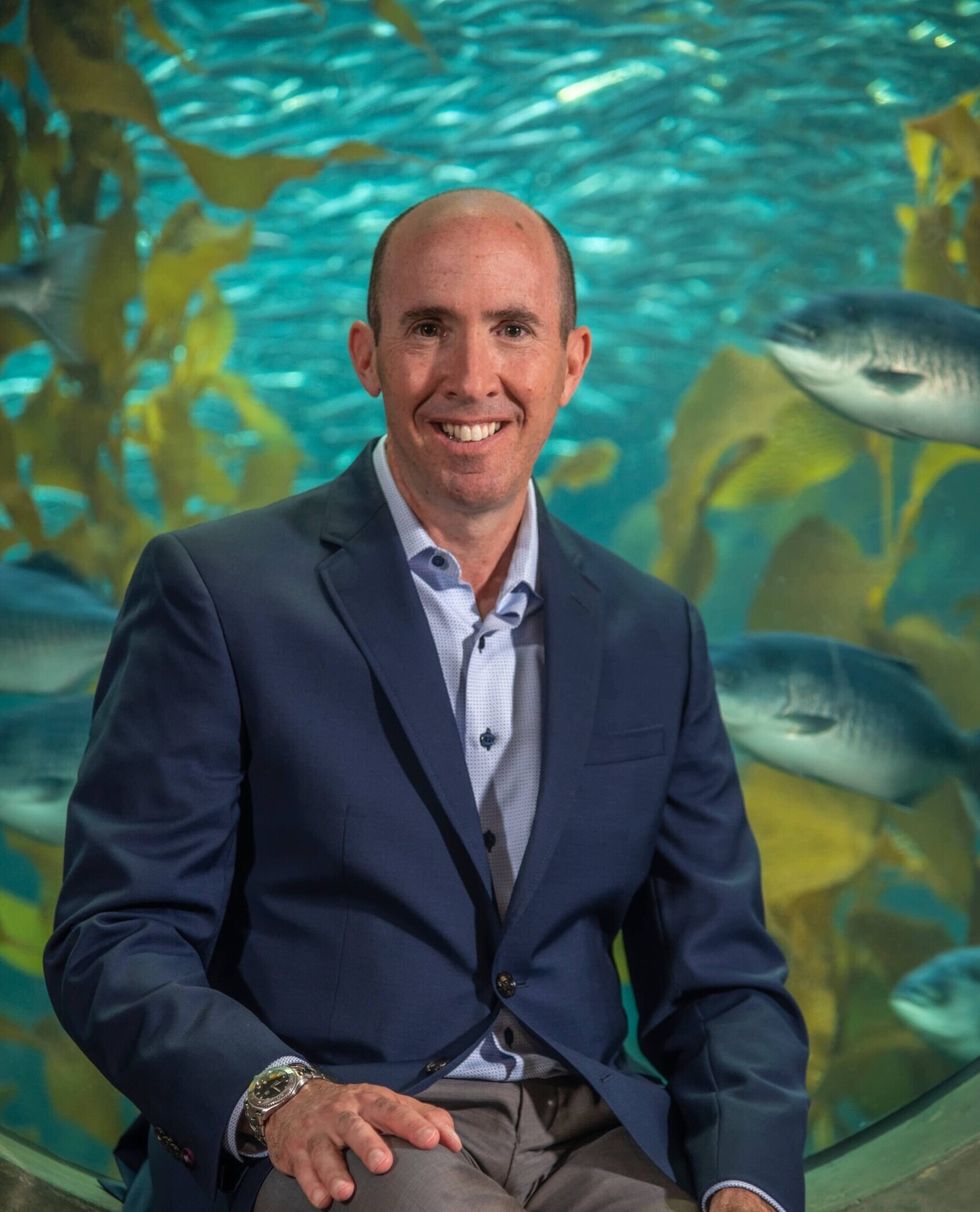 David Rosenberg, Vice President of Guest Experience
David Rosenberg, Vice President of Guest Experience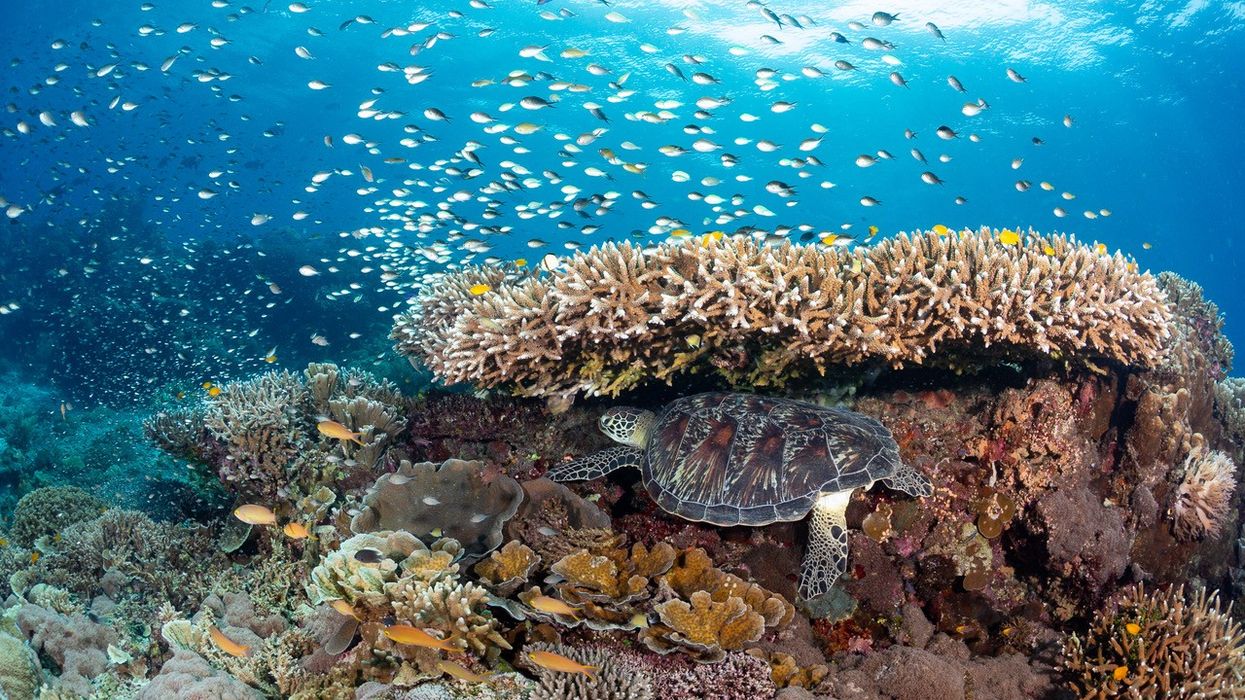
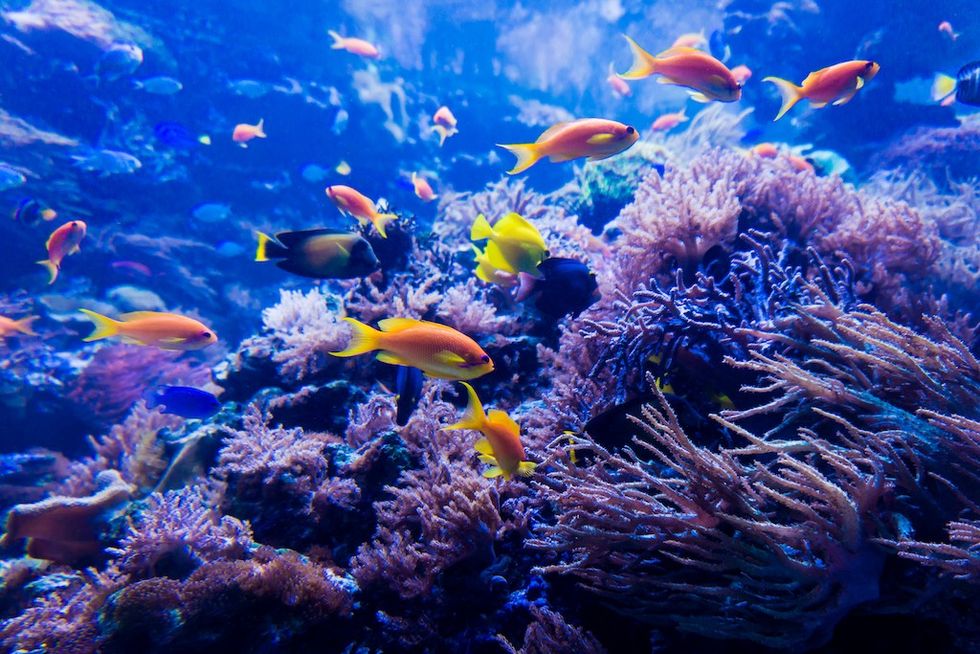
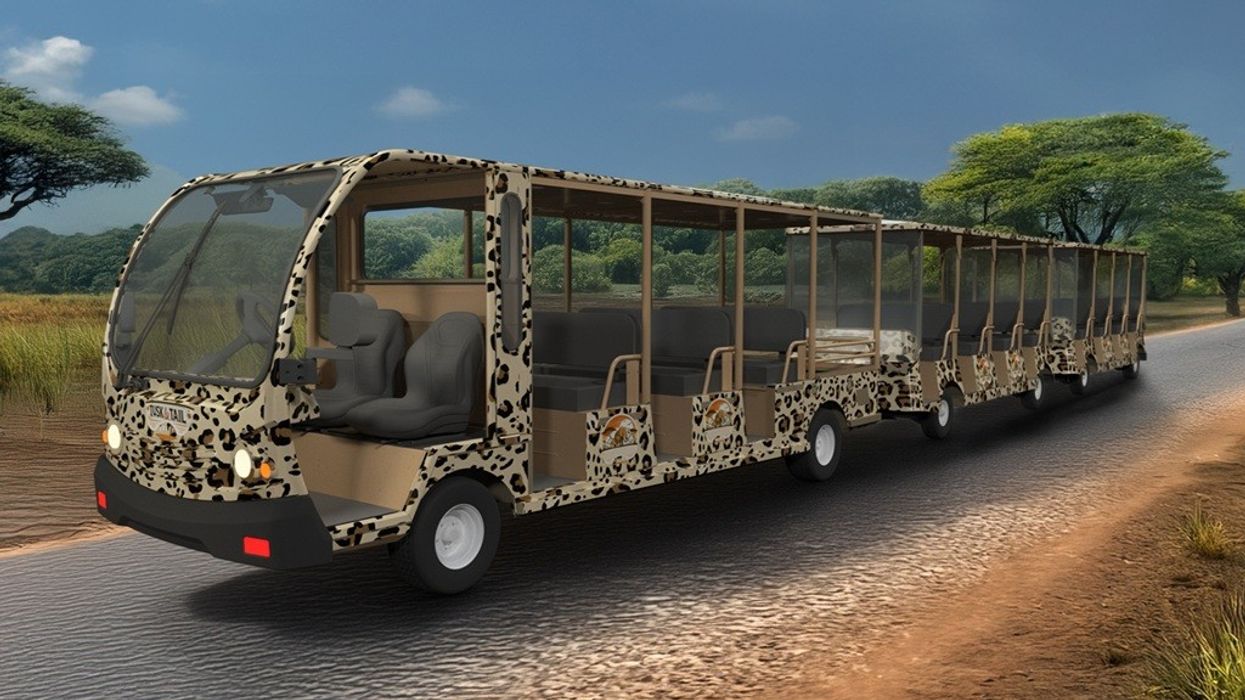
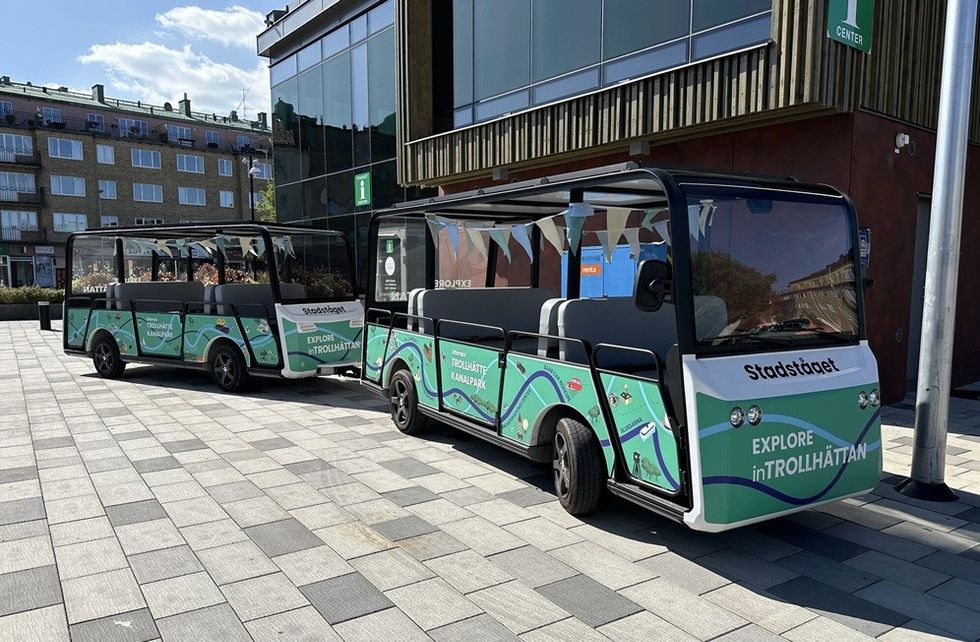 The Solar Shuttle
The Solar Shuttle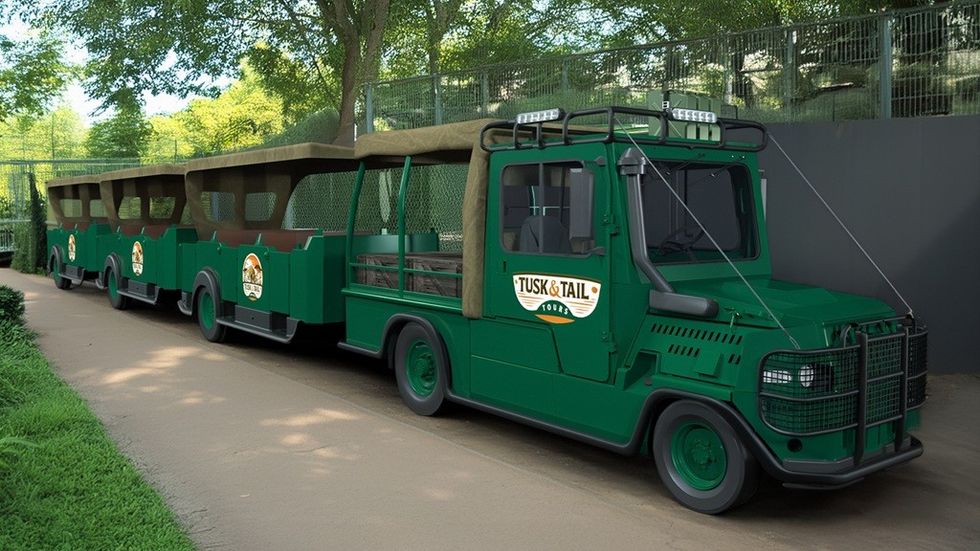 The 9000ST Series
The 9000ST Series